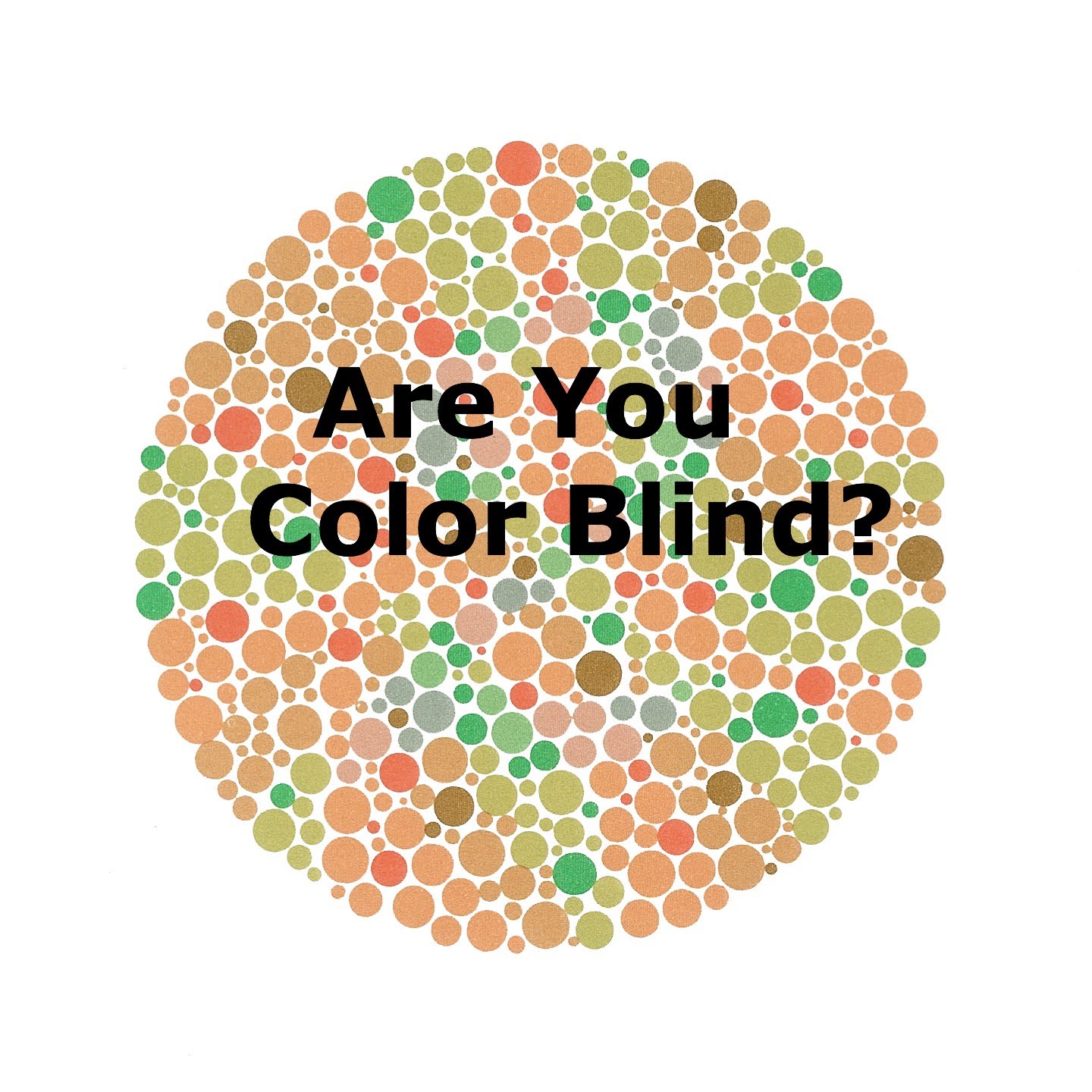Imagine a world where traffic lights are just a blur of reds, oranges, and yellows. Or, picture a vibrant sunset that appears as shades of grey and brown. For individuals with red-green color blindness, this is a daily reality. This condition, often referred to as “color blindness,” is a complex phenomenon that affects how individuals perceive colors, influencing their interaction with the world in subtle yet profound ways.

Image: factsverse.com
Red-green color blindness, the most common form of color vision deficiency, is a genetic condition that affects the cones, specialized cells in the eye responsible for detecting different colors. It arises from a malfunction in the red or green cone, leading to difficulty distinguishing between shades of red and green.
Delving into the Science: Unveiling the Mysteries of Red-Green Color Blindness
To understand how red-green color blindness works, we need to dive into the fascinating world of color perception. Our eyes don’t actually “see” colors; they detect light. Light is composed of different wavelengths, each corresponding to a specific color. Our cone cells are responsible for interpreting these wavelengths.
There are three types of cones, each sensitive to a particular range of wavelengths. These are:
- Red cones: Detect long wavelengths, corresponding to reddish hues.
- Green cones: Detect medium wavelengths, associated with green shades.
- Blue cones: Detect short wavelengths, related to bluish hues.
In a normally functioning eye, these cones work in harmony, sending signals to the brain, which interprets them as color. However, in individuals with red-green color blindness, the red or green cone may lack sensitivity, malfunction, or be entirely absent.
The Spectrum of Color Blindness: Unraveling the Types
Red-green color blindness, also known as dichromacy, isn’t just one condition. It encompasses a spectrum of visual experiences, categorized into different types based on the affected cone and the severity:
- Protanopia: This type arises from a deficiency or absence of red cones. Individuals with protanopia have difficulty distinguishing reds and greens, often perceiving them as shades of yellow. They might have trouble seeing red at all, perceiving it as dark grey or black.
- Deuteranopia: This type arises from a deficiency or absence of green cones. Like protanopia, individuals with deuteranopia struggle to differentiate reds and greens but may perceive green as a darker shade of red or brown.
- Tritanopia: This less common type affects the blue cones, causing difficulty distinguishing blue and yellow. Tritanopia is often characterized by seeing blue as green or yellow as a faded shade of blue.
Living with Red-Green Color Blindness: Navigating a World of Colour
Living with red-green color blindness can present unique challenges, particularly in situations where color plays a crucial role. For instance:
- Traffic lights: Individuals with red-green color blindness may struggle to distinguish between red and green traffic signals, increasing the risk of accidents.
- Visual arts: The vibrant hues of paintings and art pieces may appear dull or distorted, making it challenging to fully appreciate their beauty.
- Fashion: Choosing clothes can be a tricky affair as certain color combinations may appear to clash.
- Medical diagnosis: Diagnosing certain medical conditions like diabetes can be challenging as urine color changes can be difficult to perceive.

Image: eyesteve.com
Coping Strategies: Embracing Colour Perception
While red-green color blindness can create obstacles, those affected can adapt and thrive. Here are some helpful coping strategies:
- Educate yourself: Understanding your condition and its limitations can empower you to find solutions.
- Seek out support: Joining support groups or online communities can provide valuable insights and emotional support.
- Use color-blindness-friendly tools: Several apps and websites are available to help individuals with red-green color blindness perceive colors more accurately.
- Adjust your environment: Consider using color-coding techniques that are easier to interpret, such as contrasting colors or shapes.
- Communicate effectively: Explain your condition to others and request their understanding and support in situations where color perception is critical.
Expert Insights: Navigating the World of Color Blindness
Dr. Emily Jones, a renowned ophthalmologist specializing in color vision deficiencies, emphasizes the importance of early diagnosis and support: “Early diagnosis is key to helping individuals with red-green color blindness thrive. By understanding their condition, they can learn to navigate challenges and embrace their unique perspective on the world.”
How Does Red Green Color Blindness Work
Conclusion: Embracing a World of Hues and Shades
Red-green color blindness is a complex and often misunderstood condition. However, by raising awareness and providing support, we can empower individuals to live fulfilling lives, appreciating the beauty of color in their own unique way. Whether it’s mastering the art of color perception or inspiring innovative design solutions, red-green color blindness presents a unique opportunity to explore the interconnectedness of human experience and the wonders of color.
Remember, everyone perceives color differently, and understanding these differences fosters a more inclusive and compassionate world.






